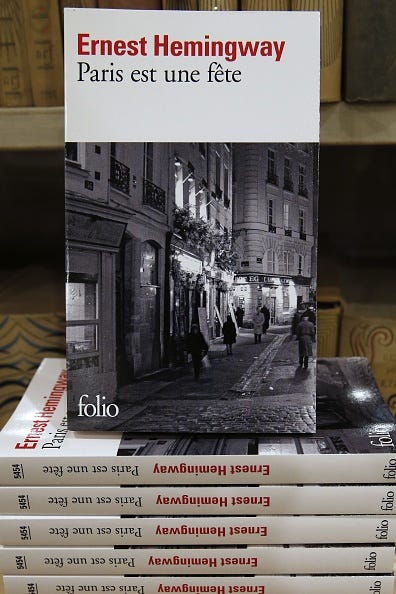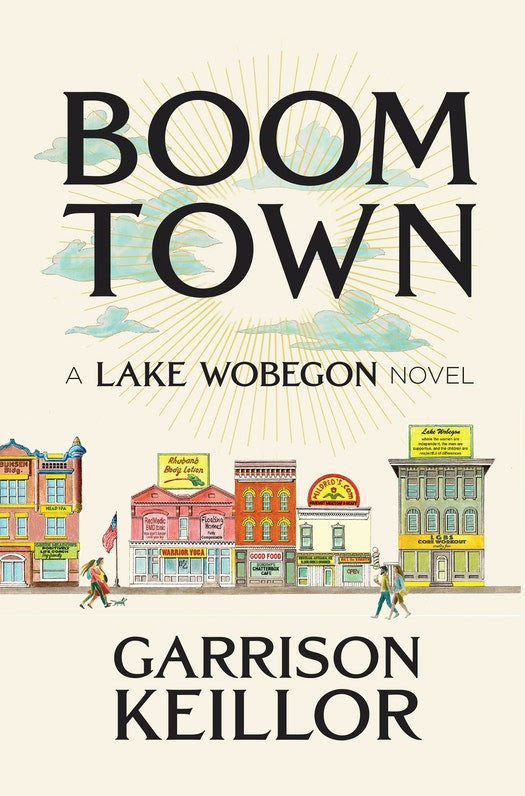The Writer's Almanac from Sunday, November 19, 2017
“First Formal” by Sharon Olds from The Wellspring. © Knopf, 1996.
ORIGINAL TEXT AND AUDIO - 2017
It’s the birthday of American poet Sharon Olds (1942), best known for her raw, personal poems that explore female sexuality, menstruation, bodies, and pregnancy. She once said, “When I started writing, women’s lives were not written about much; I felt poems were about making rather than using something up.”
Olds was born in Berkeley and attended an all-girls boarding school in Wellesley, Massachusetts. Arriving in New York for graduate school, she thought she would be a fiction writer, but soon found herself turning to poetry. She says: “I loved writing. I loved writing, and I wrote stories and poems. But then when I moved to New York, I realized that I wasn’t comfortable making stuff up. I had had it with angels and demons who (if your faith was strong enough) you believed were in the room with you. I’d had enough of fiction. You know when you have something that you long to say to someone, and you could never say it to them, to their face? Then here’s a place (poetry) where you could speak.”
Sharon Olds’ books include Satan Says (1980), The Wellspring (2006), The Father (1992), Stag’s Leap (2012), and Odes (2016). The Father depicts her life growing up with an abusive alcoholic. Some critics felt the book-length poem was invasive, but Olds shrugged off the criticism, saying, “Writing poems moves us past where we were when we sat down to write them.”
When asked about her writing process, Sharon Olds answered: “I think that my work is easy to understand because I am not a thinker. I am not a […] How can I put it? I write the way I perceive, I guess. It’s not really simple, I don’t think, but it’s about ordinary things — feeling about things, about people. I’m not an intellectual. I’m not an abstract thinker. And I’m interested in ordinary life.”
On this date in 1863, Abraham Lincoln delivered the Gettysburg Address at the dedication of the Soldiers’ National Cemetery in Gettysburg, Pennsylvania. It was four and a half months after the devastating battle, and it was a foggy, cold morning. Lincoln arrived about 10:00 a.m. Around noon, the sun came out as the crowds gathered on a hill overlooking the battlefield. A military band played, a local preacher offered a long prayer, and the headlining orator, Edward Everett, spoke for more than two hours. Everett described the Battle of Gettysburg in great detail, and he brought the audience to tears more than once. When Everett finished, Lincoln spoke.
Now considered one of the greatest speeches in American history, the Gettysburg Address ran for just over two minutes, under 300 words, and only 10 sentences. It was so brief, in fact, that many of the 15,000 people that attended the ceremony didn’t even realize that the president had spoken, because a photographer setting up his camera had momentarily distracted them. The next day, Everett told Lincoln, “I wish that I could flatter myself that I had come as near to the central idea of the occasion in two hours as you did in two minutes.”
There are several versions of the speech, and five different manuscript copies; they’re all slightly different, so there’s some argument about which is the “authentic” version. Lincoln gave copies to both of his private secretaries, and the other three versions were rewritten by the president some time after he made the speech. The Bliss Copy, named for Colonel Alexander Bliss, is the only copy that was signed and dated by Lincoln, and it’s generally accepted as the official version for that reason. The Bliss text (below) is inscribed on the Lincoln Memorial:
“Four score and seven years ago our fathers brought forth on this continent a new nation, conceived in liberty, and dedicated to the proposition that all men are created equal.
“Now we are engaged in a great civil war, testing whether that nation, or any nation, so conceived and so dedicated, can long endure. We are met on a great battle-field of that war. We have come to dedicate a portion of that field, as a final resting place for those who here gave their lives that that nation might live. It is altogether fitting and proper that we should do this.
“But, in a larger sense, we can not dedicate, we can not consecrate, we can not hallow this ground. The brave men, living and dead, who struggled here, have consecrated it, far above our poor power to add or detract. The world will little note, nor long remember what we say here, but it can never forget what they did here. It is for us the living, rather, to be dedicated here to the unfinished work which they who fought here have thus far so nobly advanced. It is rather for us to be here dedicated to the great task remaining before us — that from these honored dead we take increased devotion to that cause for which they gave the last full measure of devotion — that we here highly resolve that these dead shall not have died in vain — that this nation, under God, shall have a new birth of freedom — and that government of the people, by the people, for the people, shall not perish from the earth.”
On this day in 1956, Ernest Hemingway recovered a trunk from the Hôtel Ritz Paris. The trunk contained, among other things, the notebooks that would become Hemingway’s memoir A Moveable Feast (1964).
Hemingway was having lunch at the Ritz with his friend A.E. Hotchner. Charles Ritz, the chairman of the hotel, joined them. In the course of conversation, Ritz mentioned that there was a trunk in the hotel storage room that the author had left there in 1930. Hemingway didn’t remember leaving it there, but he did remember having a custom-made Louis Vuitton trunk at one time. He had lost track of the trunk and suspected that this was it. Hotchner recalled in 2009: “Charley had the trunk brought up to his office, and after lunch Ernest opened it. It was filled with a ragtag collection of clothes, menus, receipts, memos, hunting and fishing paraphernalia, skiing equipment, racing forms, correspondence and, on the bottom, something that elicited a joyful reaction from Ernest: ‘The notebooks! So that’s where they were! Enfin!’”
Hemingway had kept a meticulous journal when he and his first wife, Hadley Richardson, lived in Paris in the 1920s. He was a young, struggling writer at that point, and didn’t have much money, but he met many other expat artists and writers during that time, people like Scott Fitzgerald and Ezra Pound, Gertrude Stein and Pablo Picasso, James Joyce and Ford Madox Ford. Hemingway recorded it all in his notebooks, and didn’t spare the less flattering details about his fellow artists.
Hemingway had his secretary type up the journals in 1957, and he worked on what he called his “Paris book” over the next few years. It was his last book, as it turned out. His health was in decline, many of his friends had died, and he was deeply depressed. He committed suicide in 1961, and his widow, Mary, arranged to have the memoir published posthumously. The publisher wanted to call the book Paris Sketches, but Mary Hemingway didn’t think that was a very catchy title. She asked Hotchner, Hemingway’s friend, if he would come up with a better one. Hotchner recalled that Hemingway had once referred to Paris as “a moveable feast,” and that became the book’s official title.
In 2009, Scribner published a revised version of A Moveable Feast that was edited by Seán Hemingway, the author’s grandson from his marriage to Pauline Pfeiffer. Seán Hemingway disagreed with some of the changes Mary Hemingway had made to the manuscript, in her capacity as literary executor. The book has also had a resurgence in popularity in Paris, after the November 2015 terrorist attack. Its French title is Paris est une fête; the publisher reported selling as many as 500 copies a day. Mourners left copies of the memoir along with flowers at informal memorials all around the Bataclan concert hall.
From the book: “But Paris was a very old city and we were young and nothing was simple there, not even poverty, nor sudden money, nor the moonlight, nor right and wrong nor the breathing of someone who lay beside you in the moonlight.”
Be well, do good work, and keep in touch.®
Garrison Keillor wrote Boom Town during the pandemic lockdown in New York, reading drafts of it to his wife, Jenny, sitting across the room. He did parts of the book in monologues for audiences in Boston, New York, Washington, Pennsylvania, Georgia, and Virginia, along with the story of how, in the 8th grade, his shop teacher Orville Buehler, worried about the boy’s carelessness with the power saw, sent him up to LaVona Person’s speech class, thus changing his life. Keillor says, “For many people, the key to success is discipline and education, but for me, it was ineptitude with power tools.” CLICK HERE to order.






One of my librarian friends is quite fond of Sharon Olds. I didn't realise she was controversial. I suppose her themes irked certain audiences. Poetry is that unique expression of random thoughts that mere verbal words cannot undo. I miss how classic poetry made me whole and a bit broken too.
Hemingway is one of my favourite authors. His terse, economic voice has transcended everything else. I must have an expatriate once ago. Paris is a dream city for me during the early 20th century.
Who was it that said something like, I apologized for the length of this letter, but I don’t have time to write a short one?